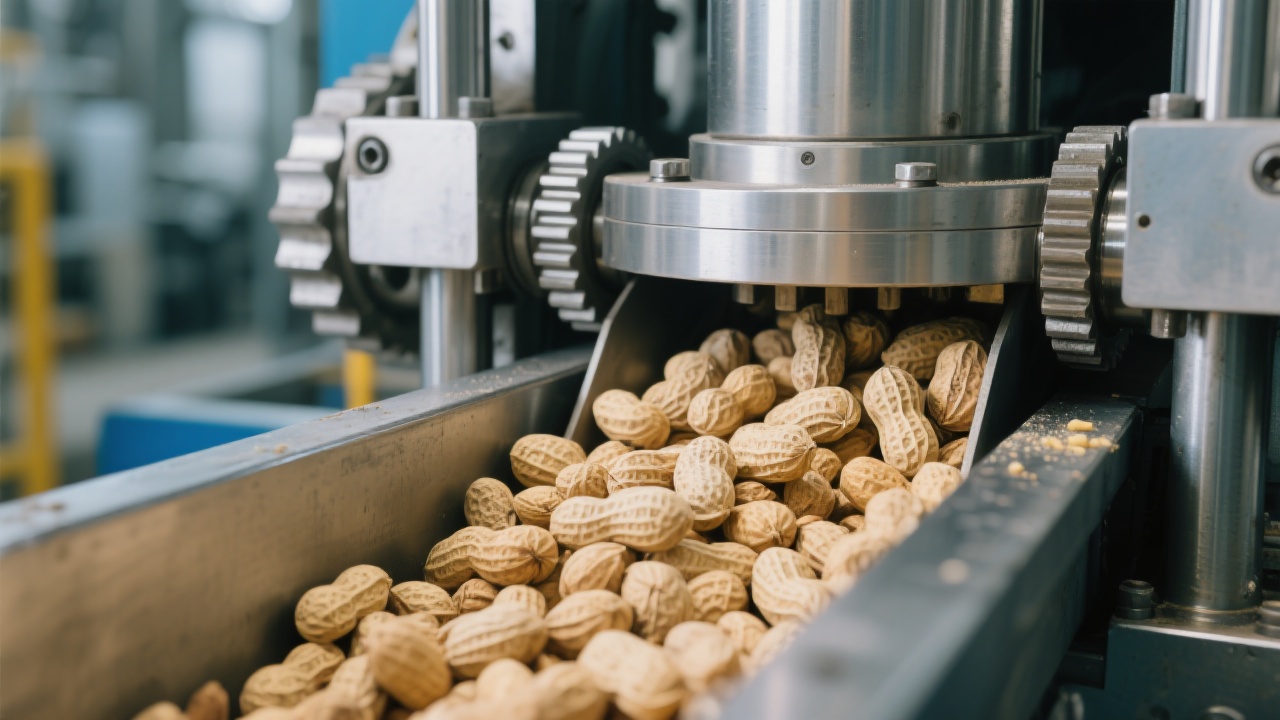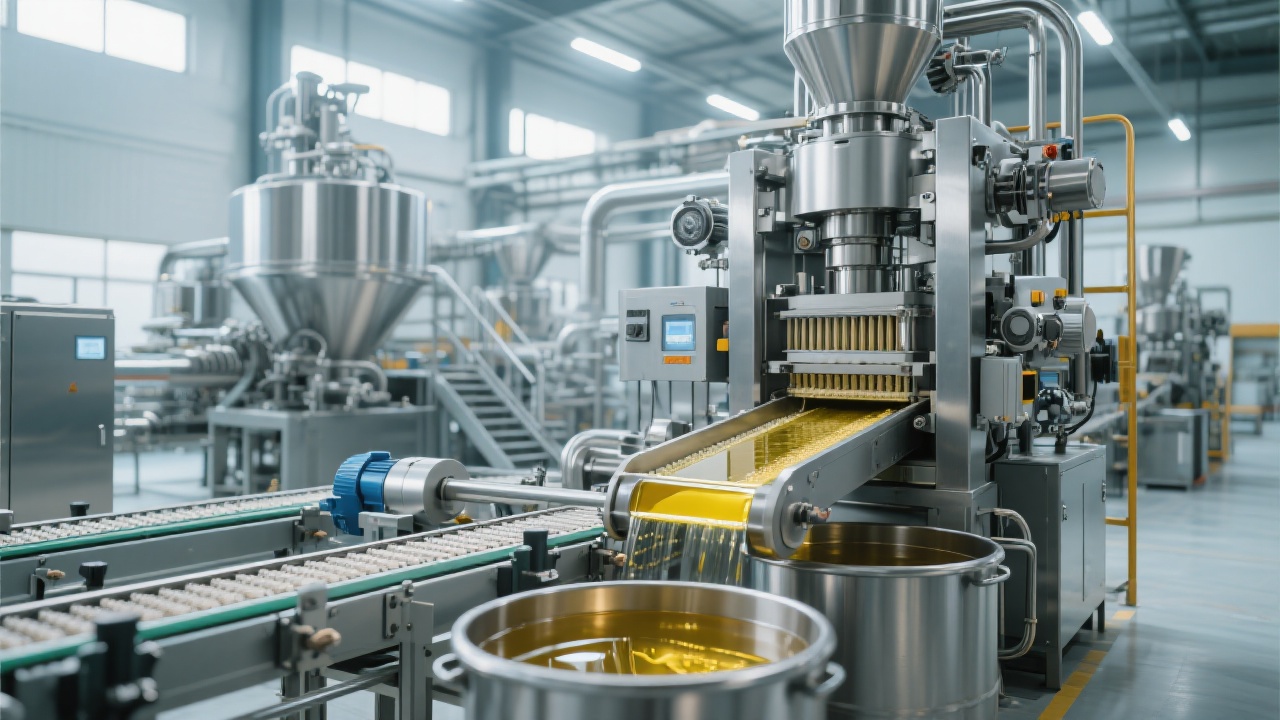
Soybean oil extraction plants mainly fall into two types based on the production processes: mechanical pressing and solvent extraction. Mechanical pressing is a traditional method that uses physical force to squeeze oil from soybeans. It is known for its simplicity and the ability to produce high - quality oil with a natural flavor. The oil yield in mechanical pressing typically ranges from 12% - 18%, depending on the quality of soybeans and the efficiency of the pressing equipment. This method is suitable for small - scale production and niche markets that value natural and minimally processed products.

On the other hand, solvent extraction is a more advanced and widely used method in large - scale production. In this process, a solvent (usually hexane) is used to dissolve the oil in soybeans. Solvent extraction can achieve an oil recovery rate of up to 95% - 98%. It is highly efficient but requires more complex equipment and strict safety measures due to the use of flammable solvents. The oil produced by solvent extraction is often further refined to meet the high - quality standards required by the mass market.
In recent years, the soybean oil extraction industry has been increasingly focusing on sustainable development. One of the key aspects is the adoption of environmental - friendly and energy - saving technologies. For example, some plants have replaced traditional steam - heating systems with more energy - efficient electric heating systems, which can reduce energy consumption by up to 30%. Another important practice is the recycling of waste materials. The soybean meal left after oil extraction can be used as animal feed, and the waste solvent can be recovered and reused, reducing both waste and production costs.
Moreover, efforts are being made to reduce carbon emissions. By optimizing the production process and using renewable energy sources such as solar and wind power, some plants have managed to cut their carbon footprint by 20% - 30%. These sustainable practices not only benefit the environment but also enhance the long - term competitiveness of the industry.

Modern technological innovations have significantly improved the quality of soybean oil and the efficiency of production processes. For instance, the use of advanced filtration systems can remove impurities more effectively, resulting in clearer and more stable oil. Some plants have also introduced intelligent control systems that can monitor and adjust the production parameters in real - time, increasing the overall production efficiency by 15% - 20%.
A real - life example is a large - scale soybean oil extraction plant in Brazil. By implementing a new enzyme - assisted extraction technology, they were able to increase the oil yield by 5% and improve the quality of the oil in terms of its oxidative stability. This technology breaks down the cell walls of soybeans more effectively, allowing for better oil release.
The global demand for soybean oil has been steadily increasing in recent years, driven by factors such as population growth, rising living standards, and the growing food processing industry. According to market research, the global soybean oil market is expected to grow at a CAGR of 3% - 5% in the next five years. The major export markets include Asia, Europe, and North America.
In Asia, countries like China and India have a large and growing demand for soybean oil due to their large populations and changing dietary habits. In Europe, the demand for healthy and sustainable vegetable oils is on the rise, presenting opportunities for soybean oil producers that can meet the strict quality and environmental standards. North America also has a significant market, with a high demand for soybean oil in the food service and industrial sectors.
Small - scale plants can focus on niche markets by emphasizing the natural and artisanal qualities of their products. They can target local markets, health food stores, and specialty restaurants. Large - scale plants, on the other hand, should aim for mass markets and international exports. They need to focus on cost - efficiency, quality control, and brand building.
For example, a small - scale plant in the United States has successfully targeted the organic food market by obtaining organic certifications and promoting its products as non - GMO and sustainably produced. A large - scale plant in Argentina has built a strong brand in the international market by investing in advanced production technologies and providing high - quality products at competitive prices.
In the digital age, websites have become an important marketing channel for soybean oil extraction plants. By optimizing SEO keywords such as "sustainable soybean oil extraction", "high - quality soybean oil", and "soybean oil export", plants can improve their search engine rankings and attract more potential customers. Content marketing, such as publishing industry reports, product information, and success stories on the website, can also enhance brand awareness and credibility.
The future of the soybean oil extraction industry will be characterized by further technological advancements, increasing focus on sustainability, and growing competition in the global market. To stay competitive, plants need to continuously invest in research and development, adopt new technologies, and improve their marketing strategies.
For example, by developing new extraction technologies that can further improve oil yield and quality, and by strengthening their brand image through sustainable practices, companies can gain a larger market share. To learn more about how to enhance your soybean oil extraction plant's competitiveness and seize the export market opportunities, click here for expert advice and solutions.


